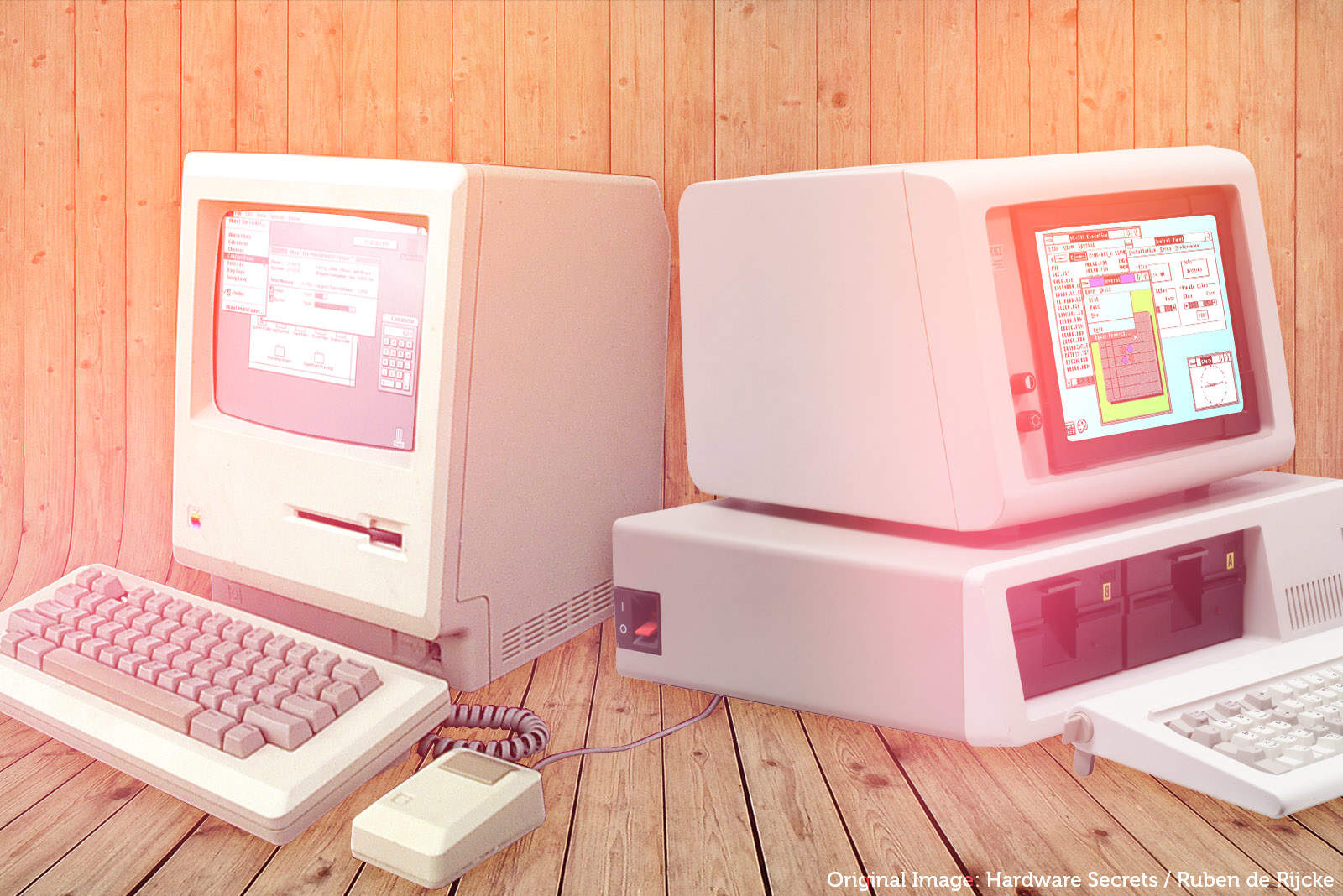 November 21, 1985: Following Steve Jobs’ departure, Apple comes close to signing its own death warrant by licensing the Macintosh’s look and feel to Microsoft.
November 21, 1985: Following Steve Jobs’ departure, Apple comes close to signing its own death warrant by licensing the Macintosh’s look and feel to Microsoft.
The deal, between Microsoft co-founder Bill Gates and Apple CEO John Sculley, comes hot on the heels of the Windows operating system’s release. The pact gives Microsoft a “non-exclusive, worldwide, royalty-free, perpetual, nontransferable license to use [parts of the Mac technology] in present and future software programs, and to license them to and through third parties for use in their software programs.”
Oh, boy!
Apple’s disastrous deal with the devil: Microsoft
The Apple-Microsoft deal, now looked upon as disastrous, kind of (kind of!) made sense in 1985. The Macintosh had not set the world on fire from a sales perspective. Gates was an Apple developer at the time, with his two most successful programs being Excel and Word for Macintosh. He thought Apple should adopt what would become Microsoft’s Windows strategy, by licensing Mac OS to third parties.
Apple refused to do this, believing that companies serious about software should also build their own hardware. As a result, companies like Digital Research began building Mac clones. Apple successfully fought off the Digital Research challenge, but Microsoft had more going in its favor. You could make the case that Apple needed Microsoft’s software more than Microsoft needed Apple’s hardware.
Under the deal, Microsoft agreed to continue to develop Word for Mac. The company also agreed to delay the arrival of Excel for Windows until October 1, 1986.
Microsoft also would acknowledge — on-screen — that “the visual displays in [its programs] are derivative works of the visual displays generated by Apple’s Lisa and Macintosh graphical user interface programs.” (Gates argued that Windows simply borrowed from the same Xerox PARC graphical user interface that inspired Apple’s user-friendly GUI.)
Microsoft deal turns out lousy for Apple
This pact between Cupertino and Redmond proved disastrous for Apple. While it produced the desired effect of buying short-term peace, it set the scene for Apple’s troubled 1990s. It also paved the way for Microsoft’s subsequent dominance of the software industry.
Relations soured a couple of years later when Windows 2.0 arrived, looking far closer to the Macintosh interface than the original Windows. Apple alleged that Microsoft copied 189 different design elements illegally. However, Judge William Schwarzer ruled that the existing license between Apple and Microsoft covered the interface elements in the new version of Windows.


